Imagine how different the world might be if Russia (or the Soviet Union) had kept possession of their colony of Alaska. For most Americans, and most of the English speaking world, it seems as if Alaska has always been part of the United States, but the vast territory wasn’t even a state until 1959.
Roughly half the size of the continental United States, Alaska is one of the most resource-rich territories on Earth. For the United States, it has long been one of the most strategic as well.
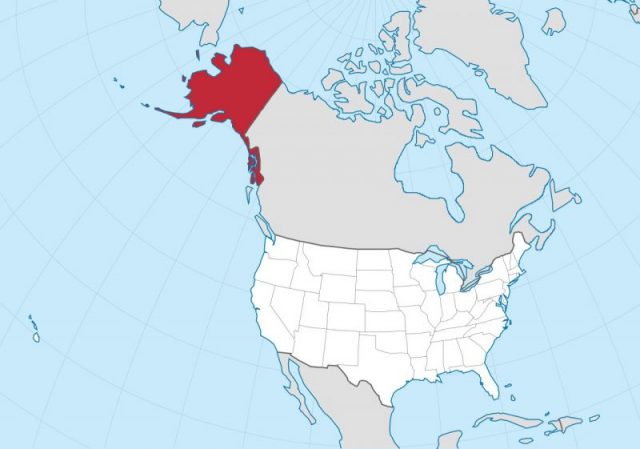
However, thirty years before the United States even became a nation, Alaska was a colonial possession of Russia, or more properly, its Tsars, the rulers of the vast empire which stretched from Europe to the Pacific and from the Near East to the North Pole.
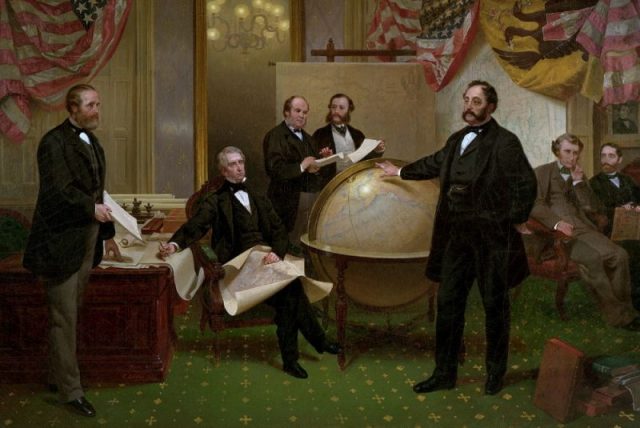
Most people today outside historians and some residents of the Northwest don’t realize that for about 130 years, Russia owned not only Alaska but a stretch of land running down the northwest part of the present United States and into California. Today, businessmen close to Russian President Vladimir Putin contribute millions of dollars to the restoration and upkeep of Fort Ross in California, according to CNBC.
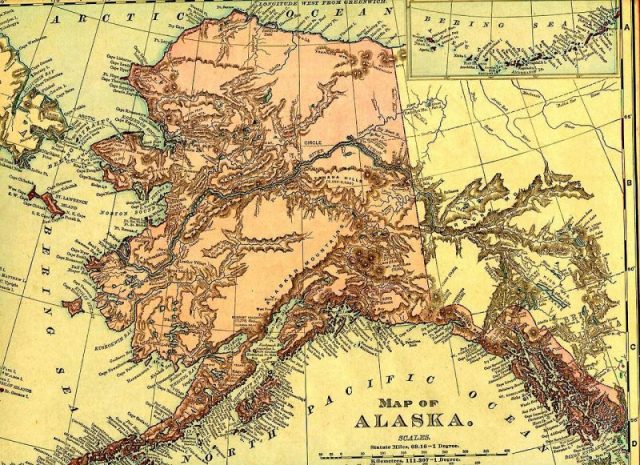
Today, for the most part, the only other visible remnants of Russian settlement in the Northwest are the many Russian Orthodox churches which in some places still maintain a sizable congregation.
Russian expansion into the Northwest makes sense, at least from a geographic perspective. Directly across the Pacific from the Russian mainland, and across the Bering Sea from one of its major ports at Vladivostok, Russian explorers, colonists, trappers, and loggers came to the Western Hemisphere in search of riches.
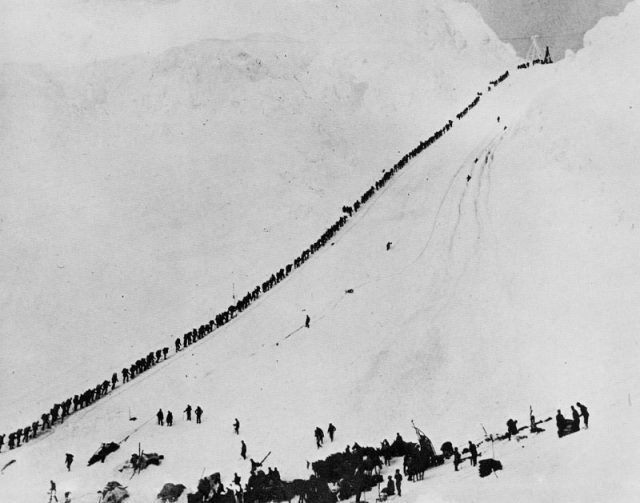
Additionally, the ocean put even more distance between them and St. Petersburg, where the aristocracy ruled with an iron fist and had their hand in most business ventures. America, for the Russians, was in many respects what it was to other colonists, whether from England, France or Spain – a chance for freedom.
Brave Bear Decides To Charge After Car In The Middle Of Alaskan Road
For the rulers of Russia, the territory in the New World allowed them to compete, in a way, with the other Great Powers of Europe, who were beginning to carve up the non-European world up among themselves. Great Britain, after 1763, controlled Canada alone and was encroaching on parts of Russian colonies in present-day Oregon and Washington. Alaska put a stop to the English (the most powerful naval power in the world) gaining territory adjacent to the Russian Empire and sphere of influence.
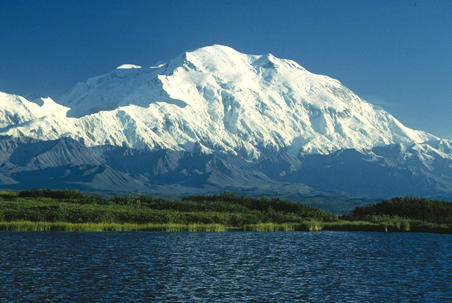
In the mid-1800s, the United States had begun to expand on the West Coast and northward into Russian territories in California. These places were mostly just outposts that the Russians would be hard put to base any larger territorial claim on, and by the 1860s, most Russian traders in what is now the northwest United States had left for home, Alaska, or melted into the new American nation.
In the 1850s, Russia had fought a losing war against an alliance of France, Turkey and Great Britain (the Crimean War), and anticipated more conflict with the European nations, especially England.
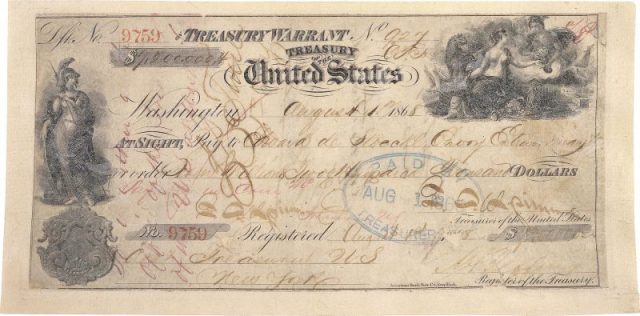
However, compared to the British, Russia was an extremely poor, backward nation, too big for its poor administration and centralized rule. Alaska was even more costly to the government – defense, prospecting and the number of colonists/traders was decreasing year by year.
To raise money and to prevent the British from seizing Alaska through Canada, and establishing themselves against Russia in both east and west, the Russian government offered the territory for sale to the United States. The price agreed upon after hasty negotiations? Seven million dollars – two cents an acre.
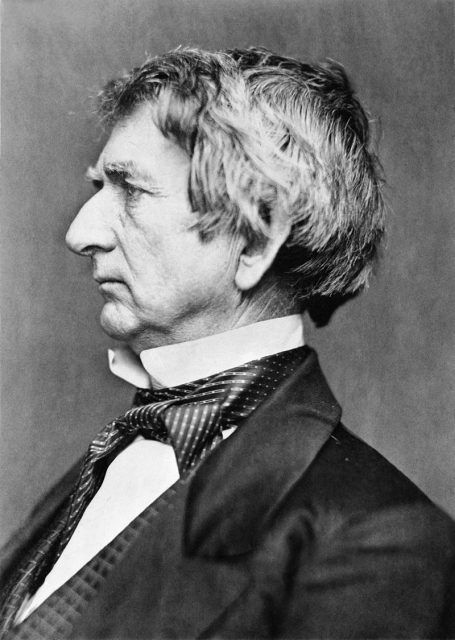
The shocking thing about the Russian offer was that when Secretary of State William Seward accepted the deal, people in the U.S. called it “Seward’s Folly,” and declared that Seward and the United States had been ripped off. In their eyes, even at such a low price, Alaska was nothing but a “ball of ice,” with no worth, and nothing in it but snow and “Eskimos” (as the Aleut people and other natives of Alaska were referred to at the time).
However, those in the know, like many in the Senate, predicted that the purchase of Alaska would be the crowning achievement of Seward’s long and illustrious career. How right they were. Of course, at the time the Russians sold Alaska to the U.S., most naval and other transportation was powered by coal/steam – not oil. Alaska did not have much coal, but it did have plenty of wood for railroads, and soon gold was discovered and is still being discovered. In the early 20th century, oil took over as the world’s most important resource, and in the mid-20th century, Alaska’s Prudhoe Bay oil field was discovered.
Matthew Gaskill holds an MA in European History and writes on a variety of topics from the Medieval World to WWII to genealogy and more. A former educator, he values curiosity and diligent research. He is the author of many best-selling Kindle works on Amazon.
